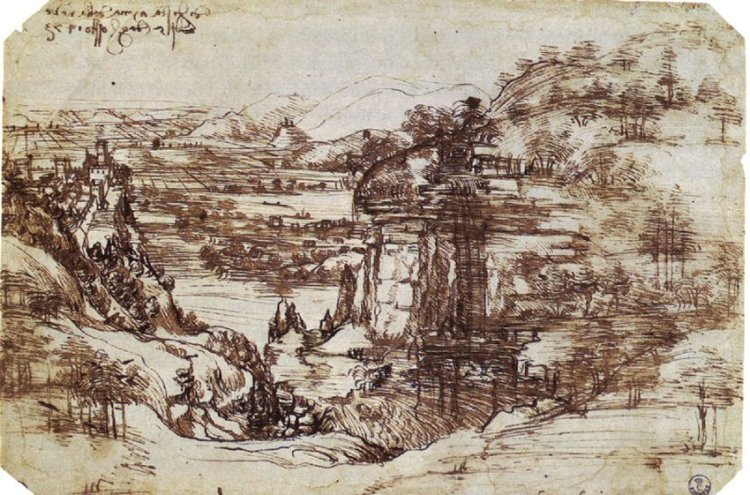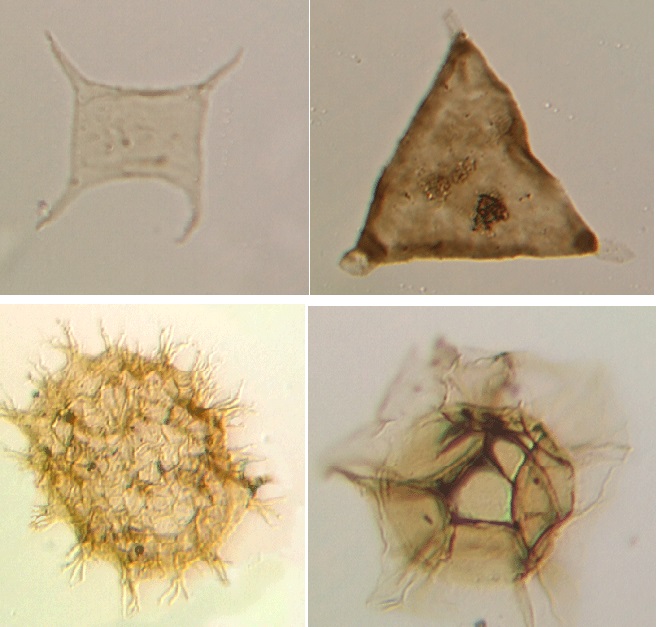The 19th century marks the beginning of the systematic study of trace fossils. In his classic review about the history of Ichnology, Osgood (1975) recognize three different stages: the “Age of Fucoids”, the”Age of Controversy” and the” Development of the Modern Approach” (1).
The first one correspond to the middle 19th Century, when the botanical point of view, about the origin of the trace fossils was dominant. The second, implied the rupture of this paradigm using analogies with modern traces and correspond to the later part of the 19th century. The “Development of the Modern Approach” started with the establishment of the Senckenberg Laboratory and extended from 1925 to 1953.
More recently, Pemberton et al. (2007) and Baucon (2010) added two more stages to Osgood’s classical view: an “Age of Naturalists” (2) and a “Modern Era of Ichnology” extending from 1953 to the present day.(3)
According to Osgood, the “Age of Fucoids” began in 1823 when the French botanist Adolphe Brongniart published Observations sur les Fucoïdes, et sur quelques autres plantes marines fossiles.
Adolphe Brongniart is considered one of the most prominent botanists of the 19th century and he earned the title of “father of Paleobotany”. He established the botanical genus “Fucoides” which included a variety of fossils like Cruziana and Rusophycus.

Rusophycus (the resting trace of trilobite) from the Upper Cambrian of Poland. From Wikimedia Commons
Among the authors that described trace fossils during that time as the remains of fossil plants are Paul Lebesconte, Oswald Heer and Gaston de Saporta. Osgood attributed to this botanical perspective the slow development of invertebrate ichnology.
The legacy of the “Age of Fucoids” included the establishment of some ichnogenera that are still valid like Scolicia, Paleodictyon, Rhizocorallium and Zoophycus.
The “Age of Fucoids” ended in 1881 when the Swedish paleontologist, Alfred Nathorst, refuted almost all the fucoids as plant fossils. J. W. Dawson, Edward Hitchcock, J. F. James and C. J. Sane also questioned the classification of Fucoids. That was the beginning of the “Age of Controversy”.
References:
(1) Osgood R.G., 1975 – The history of invertebrate ichnology. In:Frey R.W. (ed.), The Study of Trace Fossils. Springer Verlag, New York: 3-12
(2) Baucon, A. 2010. Da Vinci’s Paleodictyon: the fractal beauty of traces. Acta Geologica Polonica, 60 (1), 3–17.
(3) Pemberton et al., 2007b – The Antecedents of Invertebrate Ichnology in North America: the Canadian and Cincinnati Schools. In: Miller III, W. (ed.), Trace Fossils. Concepts, Problems, Prospects. Elsevier, AmsterdamOxford: 14-31.












